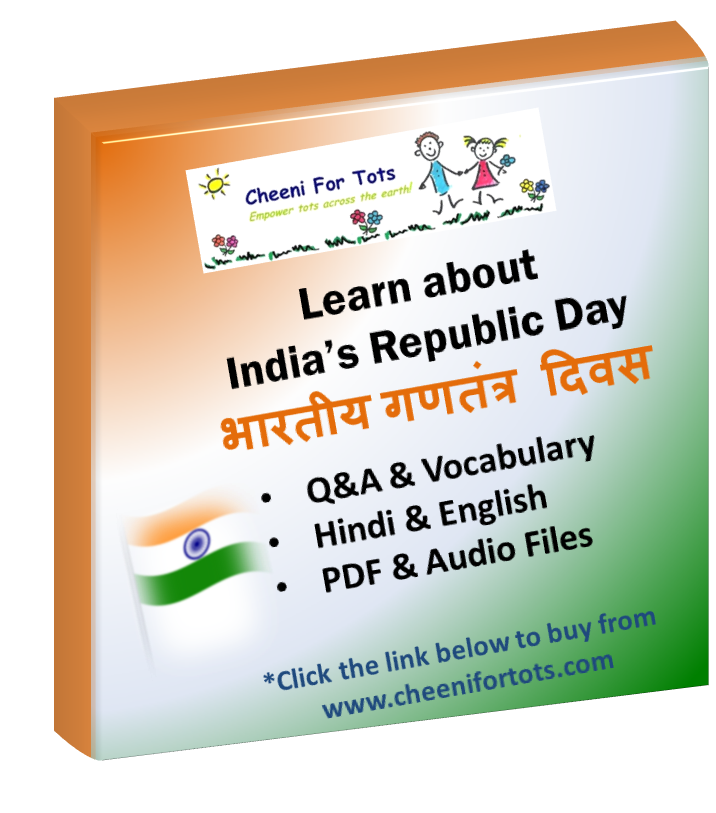Did you know that kids learn better with association? That is, if they are able to link a word to a picture or a link a sound to a picture, especially a picture of an object that they are already familiar with, they learn the new sound or word that much more quickly! The purpose of charts, therefore, is to reinforce this association, thereby speeding up the learning process, while making it fun too! Indeed, charts can be used by the beginner, the casual learner, the mid-level learner, and the advanced learner in different ways, to great advantage, as we explain below.
Want more? In our Online Hindi Immersion Programs we help kids learn associations in a modern and easy way using Talking Boards, Audio, Video, Exercises such as mind-maps, match the following, and evaluations.
![]() Charts are designed to be part of a complete learning package. However, the several types of learners can each benefit by using them differently.
Charts are designed to be part of a complete learning package. However, the several types of learners can each benefit by using them differently.
For instance, parents of the casual learner (those that would just like their child to have some familiarity with the language, without the constraints of a formal learning program) may use the charts as a means of getting acquainted with the basics of the language in an easy way – a grasp of the vowels, consonants, and numbers, and of simple notions like fruits, vegetables, birds, and animals.
All that the parents have to do is, download a chart and the corresponding audio file. Then either printout the chart, and keep it in front of your child and yourself, as you follow-along with the audio, or, open the chart on your screen and follow-along with the audio.
The audios are designed with the assumption that both the parents and their kids are unfamiliar with Hindi. Therefore, they each start with a short introduction to what they will discuss (e.g. vowels, consonants, fruits, vegetables), and then walk the parents and kids through the specific chart, explaining each of the elements on the chart, teaching you what each element is, how to say it out, and its meaning.
This provides parents with a convenient guide, one they can play repeatedly to their kids, even when they are not actively sitting with the child. Yet, the child gets the same learning each time.
Click here to check out our learning process for charts and PDFs for Fruits, Vegetables, Birds, Domestic Animals, Vowels, Consonants and Numbers!


